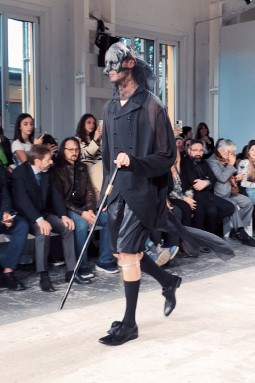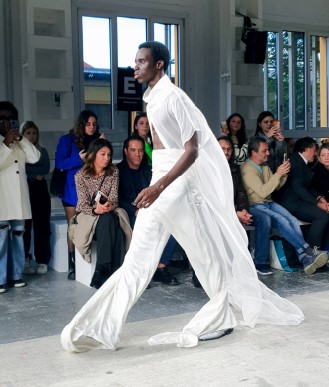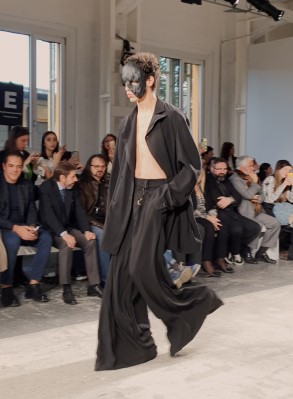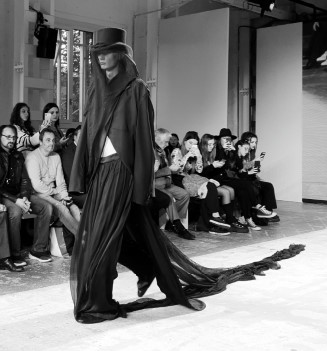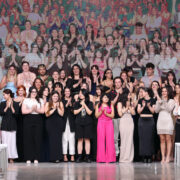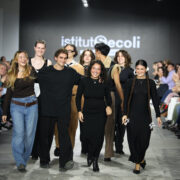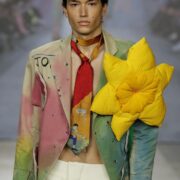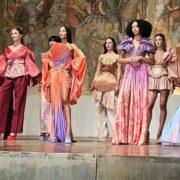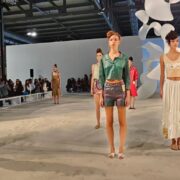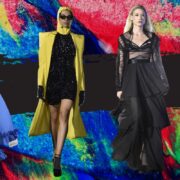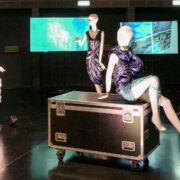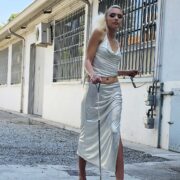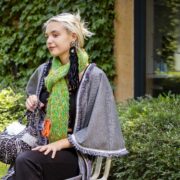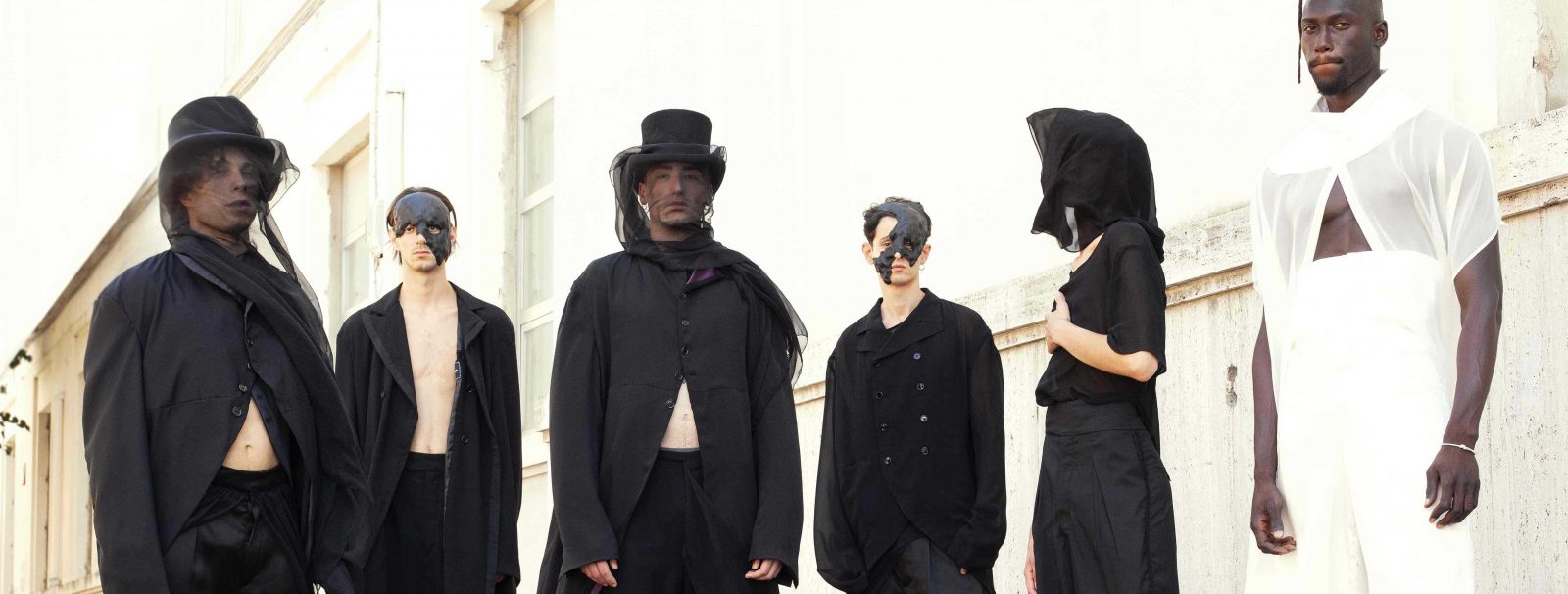
On the catwalks of Fashion Graduate Italia, Istituto Modartech brings its young talents to the discovery of the metaverse and against all kinds of stereotypes.
11 young fashion designers who from Pontedera, Istituto Modartech headquarters, arrived in Milan at this edition of Fashion Graduate Italia with their baggage of different emotions and inspirations, but united by the desire to transcend what are defined as clichés and stereotypes.
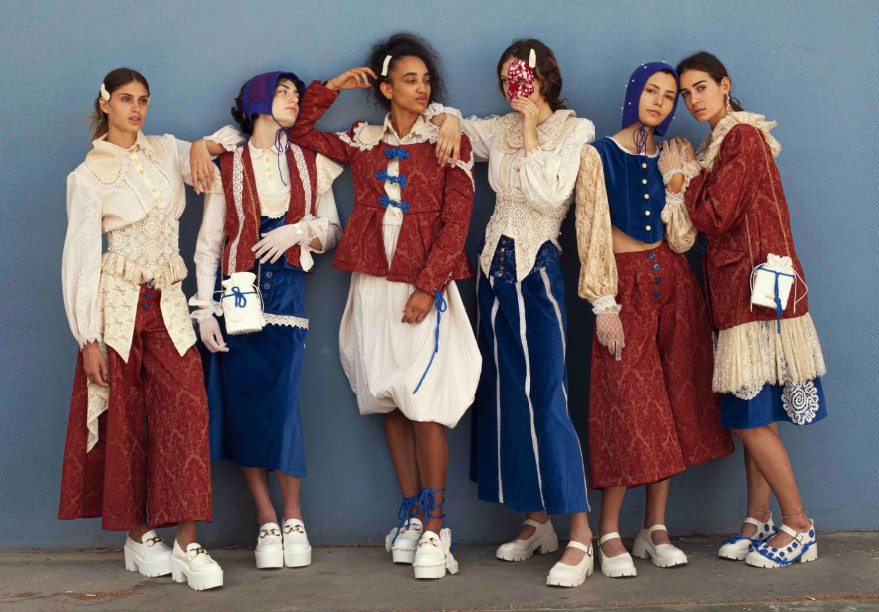
Starting point of the collections that have concluded their educational path in the field of fashion design, it is an analysis of the metaverse and of the relationship between real and virtual through an absolutely contemporary aesthetic vision, with the awareness of wanting to make beautiful things, sometimes recovering a craftsmanship of other times.
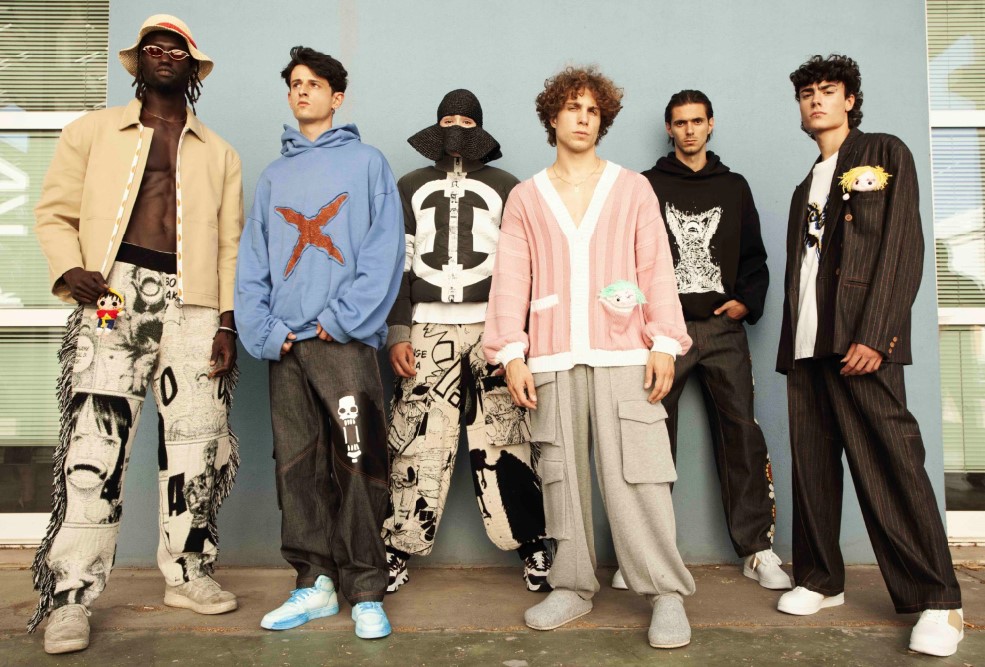
As always important for this fashion school is textile research and the ever stronger proposition to carry forward the value of sustainability and inclusiveness. Innovative solutions, manipulations, craftsmanship, customization and focus on accessories. These are the strengths of an absolutely noteworthy collective project.
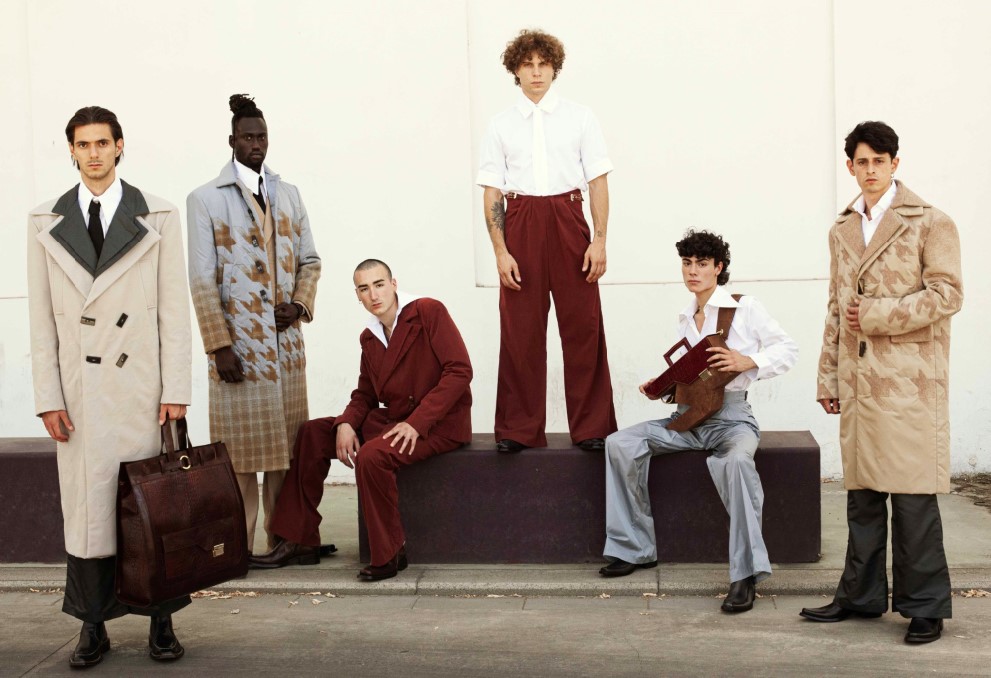
Sara Sieni in elaborating the inspiration of her collection starts from an interesting point of view, the concept of total black as a starting point to reconstruct a new elegance is a new post-pandemic minimalism. Black becomes pure essence, an element that completely characterizes the garments and accessories of the collection without ever becoming boring but indeed enriching it through different textures and playing with shapes to find its own light.
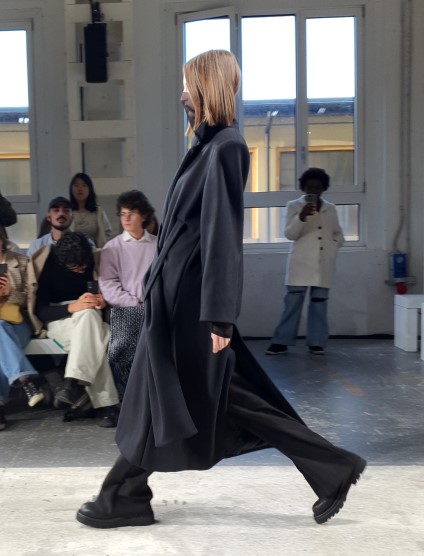
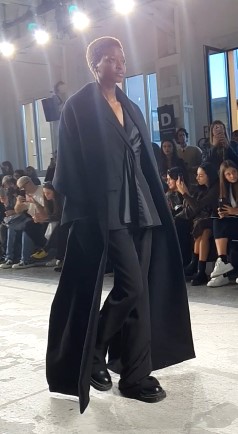
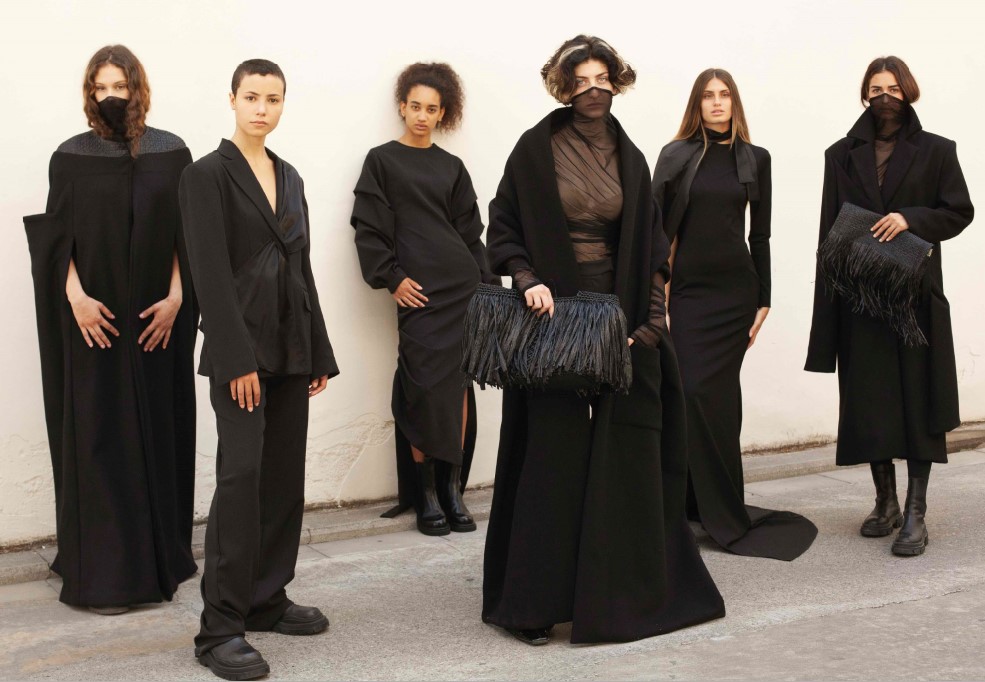
Luca Nacci uses the attention to detail in transforming the most classic menswear that refers to the 40s and 70s according to his own personal vision. Vintage is reworked through a strong and recognizable aesthetic. Notable details are the double collars but above all the idea of transforming the houndstooth into a graphic element.
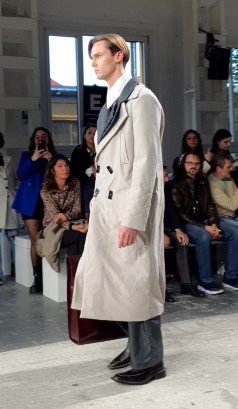
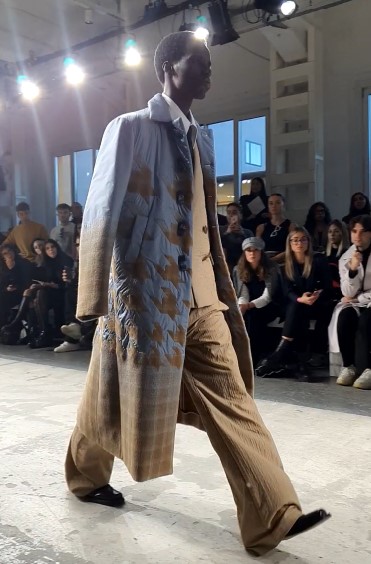
Letizia Alosa‘s is a delicate collection to look at with attention to details, because that’s where all his innovation hides. The designer wants to fight the sense of estrangement and anxiety that pervades modern society through the recovery of two fundamental values for the human being, namely communication through words and connection with nature. Among the delicacy of her shirts and her outerwear we find the most particular and almost invisible details, yet really present.
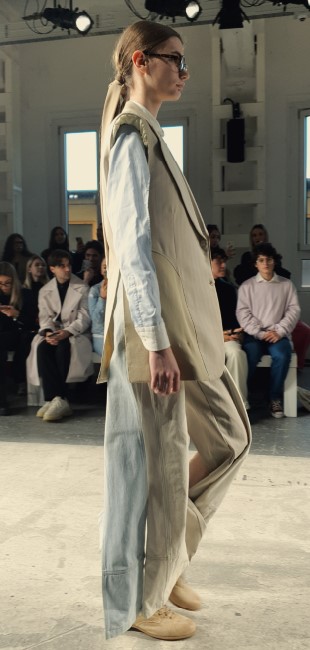
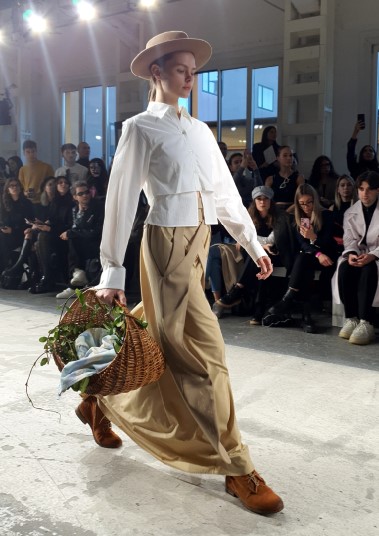
Alessia Fontana takes us back to an opulent and extremely rich past, that is to the seventeenth-century Holland and its wonderful Baroque. Her garments shine effectively as in a Flemish painting for the contrasting colors and have as protagonist the sartorial and artisan tradition evoked through lace and crochet, as well as beaded embroidery and velvet and brocade fabrics.
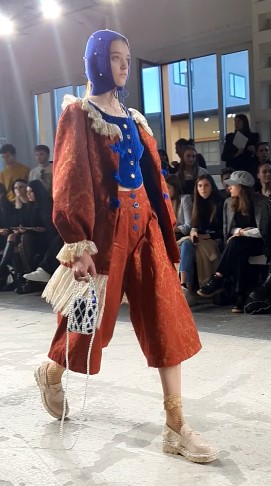
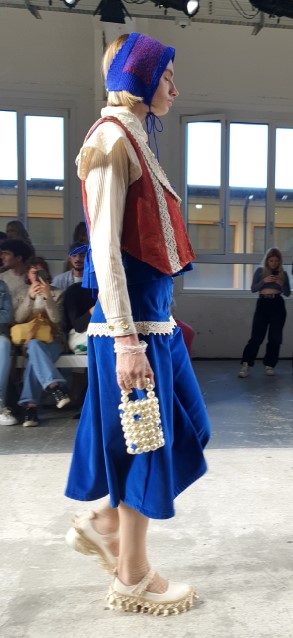
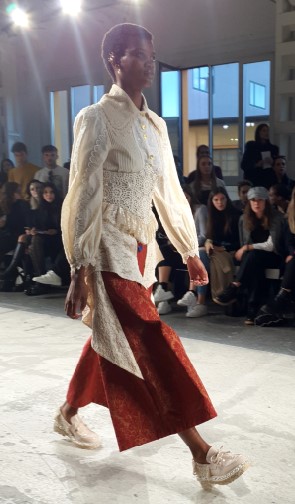
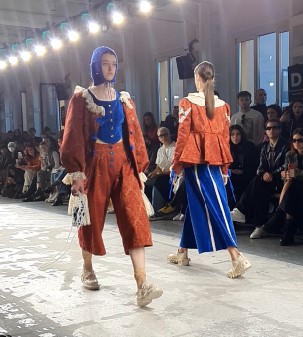
Roberto Beqaj uses the topic of the metaverse and the virtual world to tell his childhood passions, between manga video games and technology but above all to tell what is most dear to his generation: environmental sustainability and inclusivity among human beings. A collection that we could define as technical above all for the search for sustainable and performing fabrics, such as heat-sensitive prints or recyclable and antimicrobial nylon as well as 3D printing.
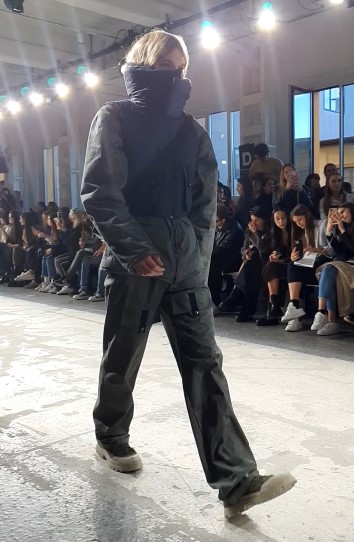
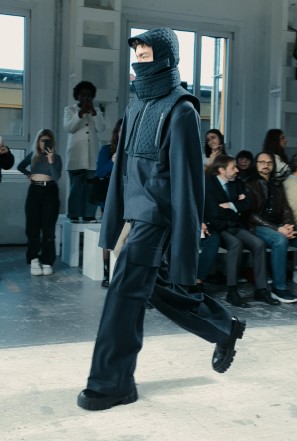
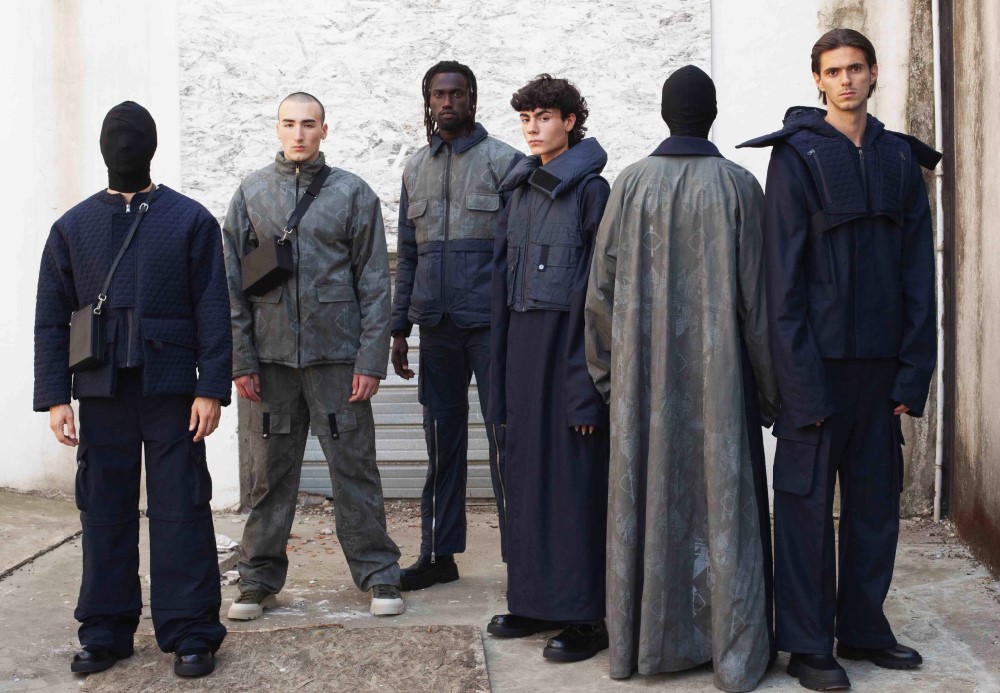
Carlotta Citi proposes a collection with a strong and daring spirit, expressed through textile experiments. Strong colors such as orange and purple are combined with black and white, with ruined knits, oversized proportions and digital prints of a destructive and erasing fire.
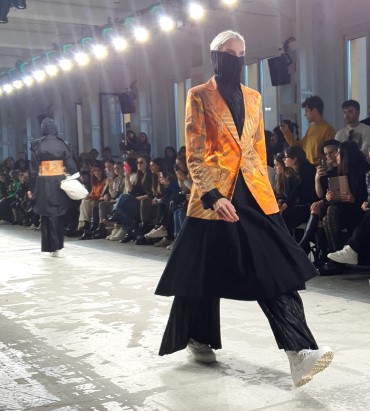
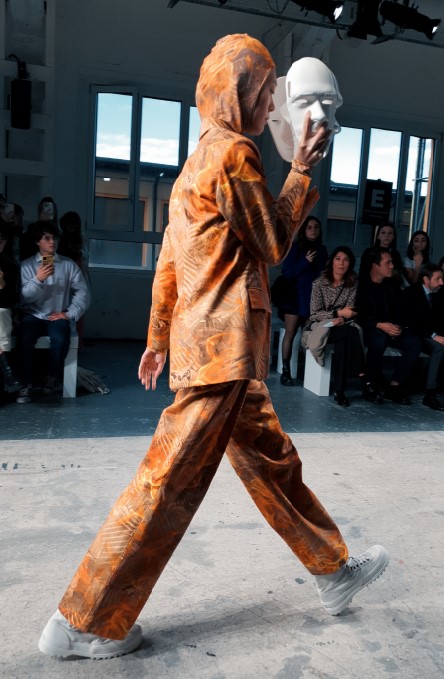
Veronica Calarco transports us to a magical and refined Far East hybridized with the more traditional elements of our culture. It is a small journey through time and space, with very wide 70s collars, the embroideries of tigers and flowers that decorate the jackets, the long tassels and the liveliest colors such as coral and yellow alternating with the more sober black.
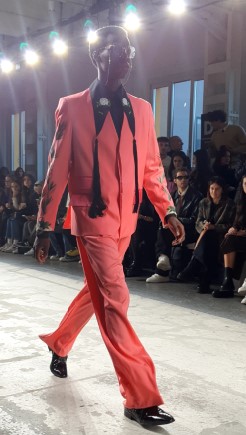
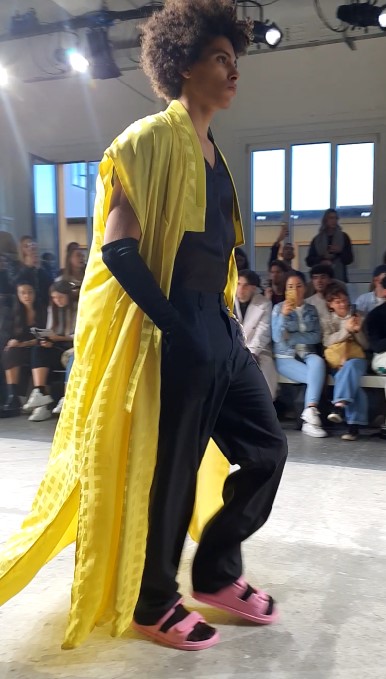
Elena Morelli hides her models behind futuristic and somewhat disturbing metal masks, as if to erase the presence of the individual to reflect the surrounding world as in a mirror. The avant-garde soul of the collection is clearly evident in the structuring of the volumes of the sleeves, in the draperies in unusual areas such as the groin, in the three-dimensional research that sometimes exasperates and deforms the body.
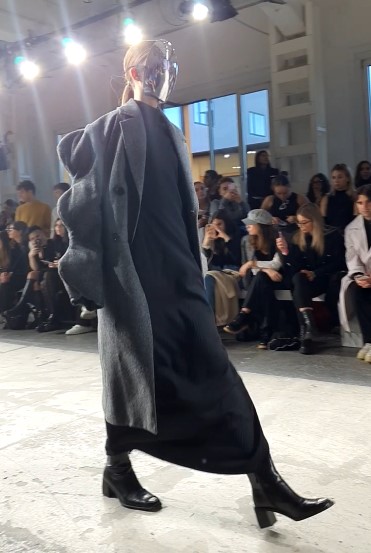
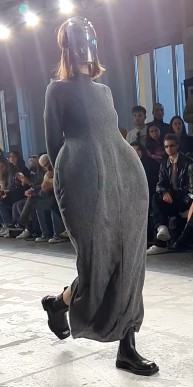
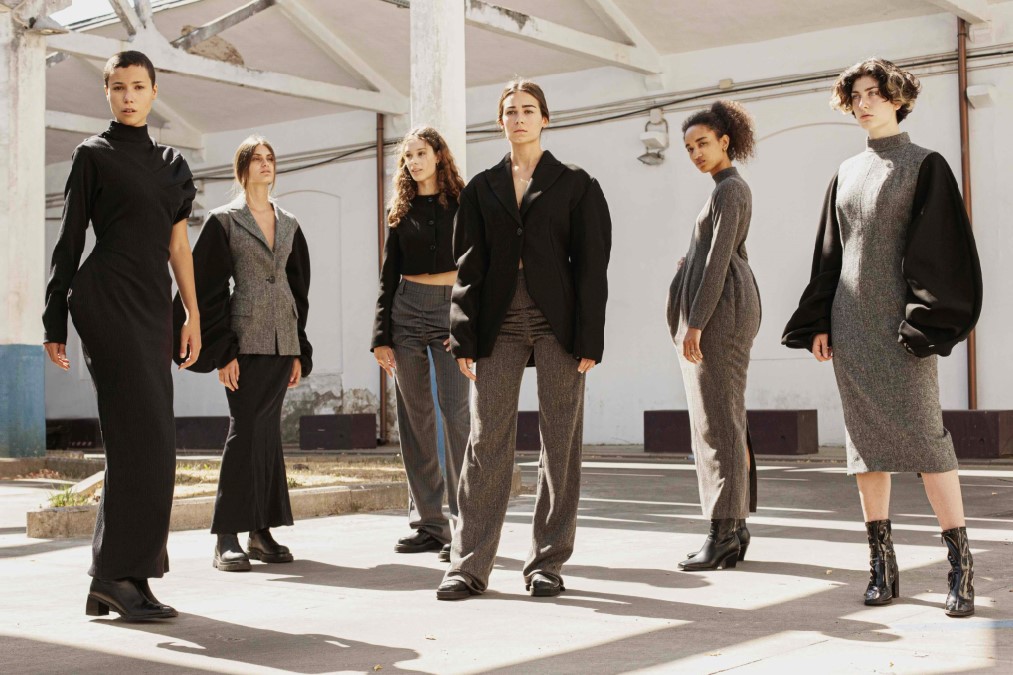
Ana Garbuz re-proposes the traditional popular costume interpreted in a contemporary key for both men and modern women. Hand-made embroideries border the blouses and blouses, vests and jackets, in a return to the ancient that emphasizes the desire to recover a link with our past.
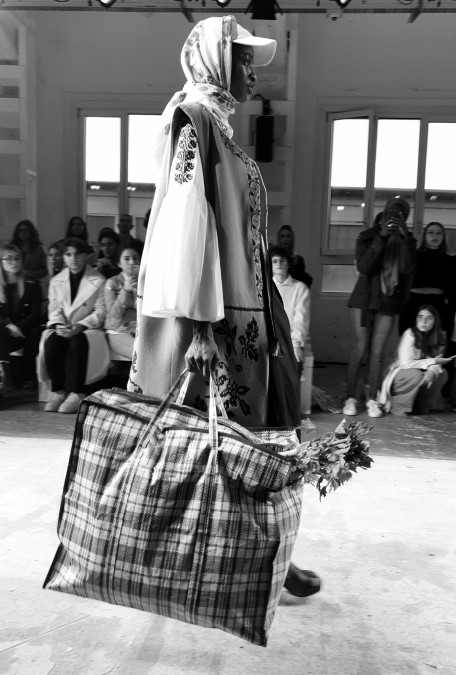
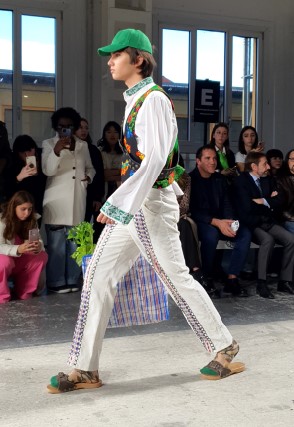
Alberto Santarnecchi‘s fashion show begins with a bang, with a short performance that awakened the passion in the whole audience and with a verve that represents the absolute dynamism of his collection. The brilliant designer brings together two great passions, one for streetwear and one for Japanese manga in a menswear collection that mixes all the coolest elements of the 90s, the contemporary attitude of magnificent graphics.
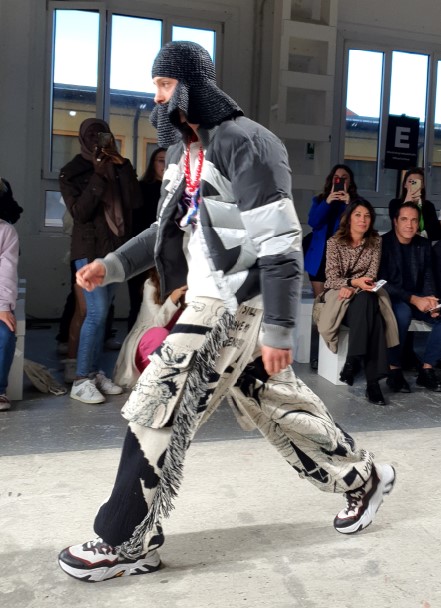
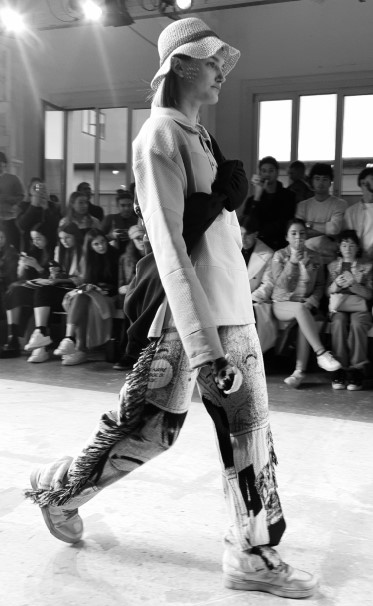
The one proposed by Enrico De Marchi in his collection is a contrast between life and death, between white and black, between being there and not being, in a magnificent game of balance between opposites. Proposing the funerary clothing of the Victorian era the designer investigates philosophically on the most tragic yet necessary moment of our lives. A fluid collection in which light fabrics such as chiffon and silks become aristocratic and almost clerical flowing above the catwalk with elegance and amazement.
